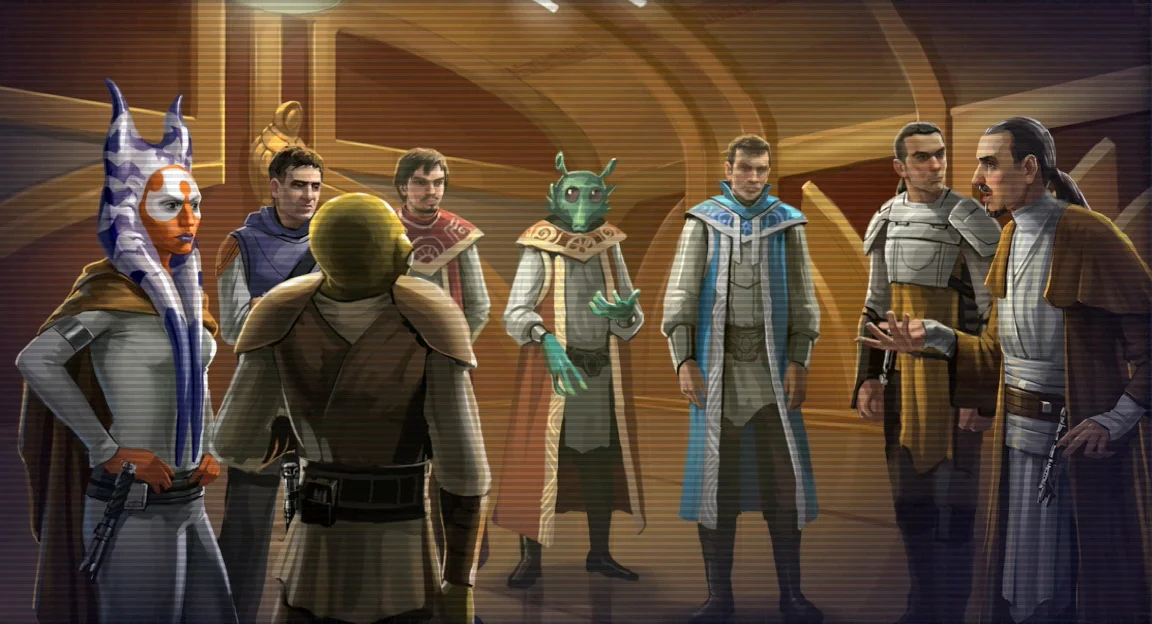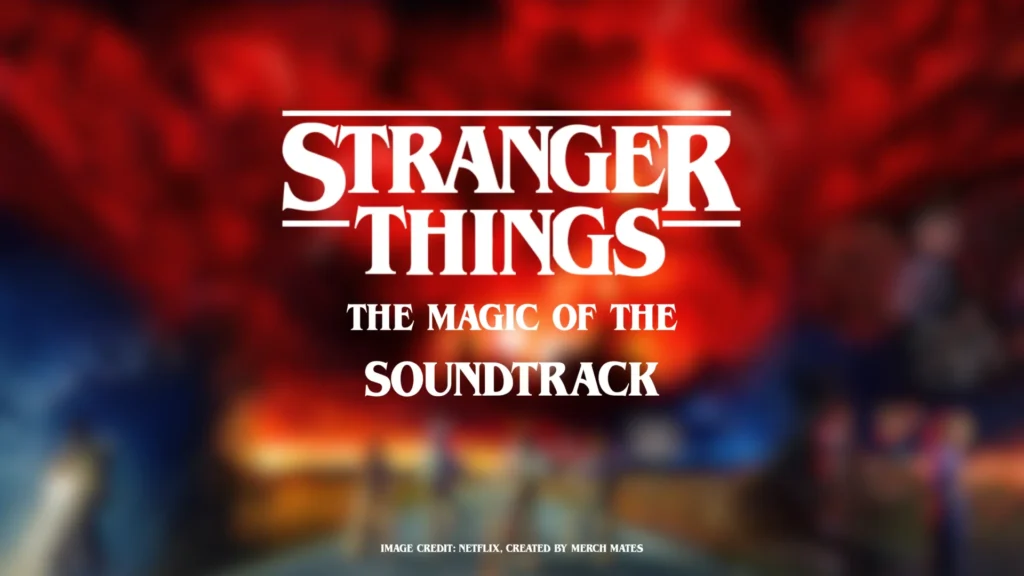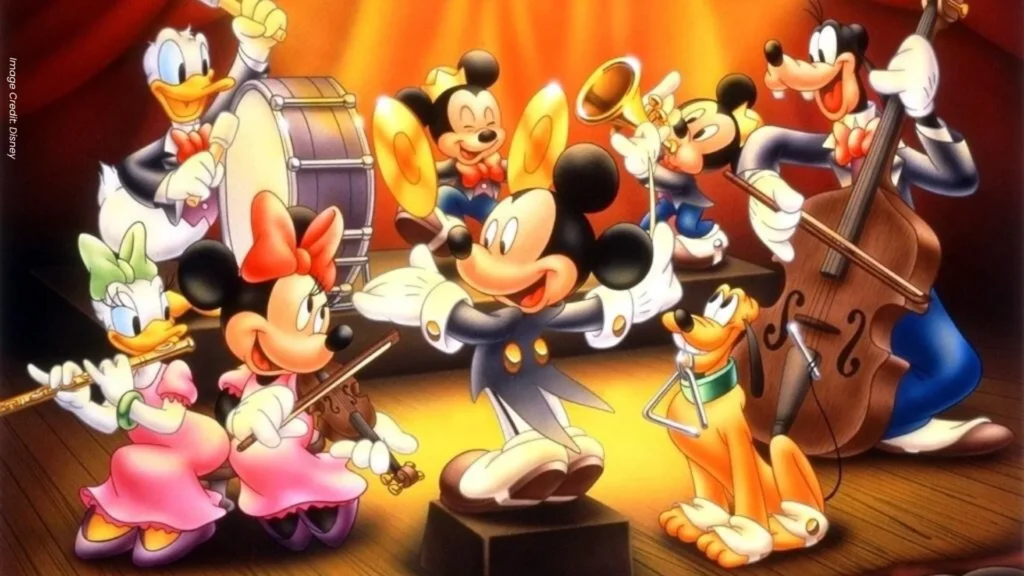The Star Wars universe, with its rich history and intricate politics, presents two significant institutions: the Jedi Order and the Galactic Republic. While often aligned in their mission to maintain peace, these two entities are fundamentally different in their origins, purposes, and operations. Understanding the question of are Jedi and the Republic different is essential to appreciate the overall Star Wars narrative and provides a deeper appreciation of the galaxy far, far away.
Jedi Order: Guardians of Peace and the Force
The Jedi Order is a monastic, spiritual, and academic organisation dedicated to the Light Side of the Force. For over a thousand generations, the Jedi have served as the galaxy’s peacekeepers, wielding their connection to the Force to protect and defend.
Key Characteristics of the Jedi:
- Philosophy and Beliefs: The Jedi adhere to a strict code emphasising discipline, humility, and detachment from personal emotions and attachments. They are committed to the Light Side of the Force, a mystical energy field they believe flows through all living things and binds the galaxy together.
- Roles and Duties: Jedi are trained from a young age to become skilled warriors, negotiators, and scholars. They act as peacekeepers, often mediating conflicts, offering counsel, and, when necessary, defending the innocent through combat.
- Governance and Autonomy: The Jedi Order is governed by the Jedi Council, a body of wise and experienced Jedi Masters. While the Jedi frequently align with the Republic’s goals, they maintain a degree of autonomy, making decisions based on their interpretation of the Force rather than political agendas.
Galactic Republic: A Political Body of Democracy and Order
The Galactic Republic is a representative democracy that governs a vast array of star systems and planets across the galaxy. It is characterised by its legislative body, the Galactic Senate, which consists of representatives from member worlds who work together to create laws and ensure stability.
Key Characteristics of the Republic:
- Structure and Governance: The Republic is a democratic institution with a complex structure, including the Galactic Senate and the Supreme Chancellor, who acts as the executive leader. The Senate is the primary legislative body, where representatives debate and decide on laws and policies.
- Purpose and Function: The Republic’s main goal is to maintain peace and order throughout the galaxy through governance, diplomacy, and a legal framework that binds its member systems. Unlike the Jedi, the Republic is not a military organisation, though it does have a judicial force and, during times of conflict, relies on the Jedi for military leadership.
- Reliance on the Jedi: The Republic does not maintain a standing army, historically relying on the Jedi Order and the Judicial Forces for peacekeeping. The Jedi serve as generals and commanders, especially evident during the Clone Wars when they lead the Republic’s military efforts against the Separatists.
Interdependence and Distinction: Jedi and Republic Relations
While the Jedi and the Republic have a symbiotic relationship, they are not synonymous. Their cooperation is based on mutual respect and aligned goals, but they operate under different mandates and with different philosophies.
- Historical Ties: For thousands of generations, the Jedi have served as guardians of the Republic, sworn to protect its citizens and uphold justice. However, they are not legally a part of the Republic’s political system and retain the right to act independently based on their principles.
- Legal and Operational Autonomy: The Jedi Order is considered an extension of the Republic’s Judiciary branch but operates under the legal jurisdiction of the Galactic Senate. The Supreme Chancellor can request Jedi assistance, but the Order retains the right to interpret its mission in alignment with its code and the Force.
- Conflicts and Challenges: The relationship between the Jedi and the Republic is not without tension. The Jedi’s role as peacekeepers sometimes conflicts with the Republic’s political decisions, leading to moments where the Jedi must act against the Republic’s directives, as seen in their opposition to Chancellor Palpatine’s rise to power.
Why Understanding These Differences Matters
Recognising the distinctions between the Jedi and the Republic is essential for any Star Wars enthusiast. It reveals the nuanced balance of power, the moral dilemmas faced by the characters, and the complexities of maintaining peace in a galaxy filled with diverse interests and political intrigue.
Frequently Asked Questions
Are the Jedi part of the Republic’s government?
No, the Jedi are not officially part of the Republic’s government. They serve as peacekeepers and advisors but operate independently, guided by their own council and the principles of the Force.
How do the Jedi and Republic cooperate?
The Jedi and the Republic cooperate mainly through the Jedi’s role as peacekeepers and military leaders during conflicts. The Republic often requests the Jedi’s assistance in maintaining order and defending against threats.
Can the Jedi act against the Republic?
Yes, the Jedi can act against the Republic if they believe its actions are unjust or if they conflict with the Jedi Code and the greater good of the galaxy. This autonomy allows them to oppose political corruption and tyranny, as seen in their resistance to Palpatine’s rule.
What happened to the Jedi after the fall of the Republic?
After the Republic’s fall and the rise of the Galactic Empire, the Jedi were declared enemies of the state and were systematically hunted down in what became known as the Great Jedi Purge or Order 66.
Conclusion
The Jedi Order and the Galactic Republic are two of the most significant institutions in the Star Wars universe, each with its distinct identity and role. Understanding how they differ and interact is crucial for a deeper appreciation of the stories and characters that have captivated audiences for decades. So, next time you engage in a Star Wars marathon, remember: the Jedi and the Republic may often work together, but they are not the same.




